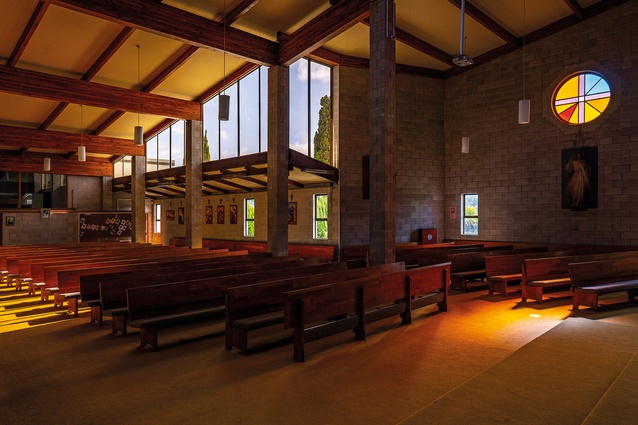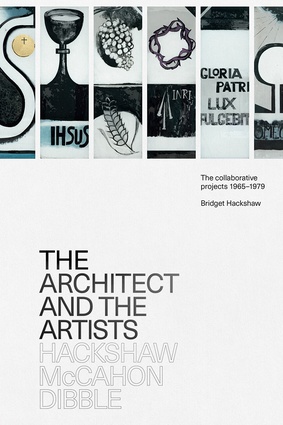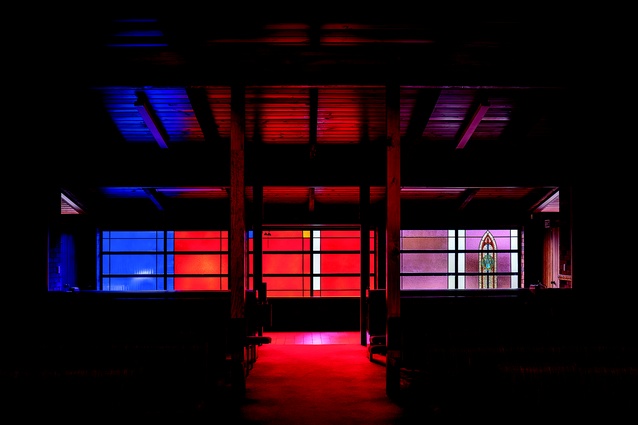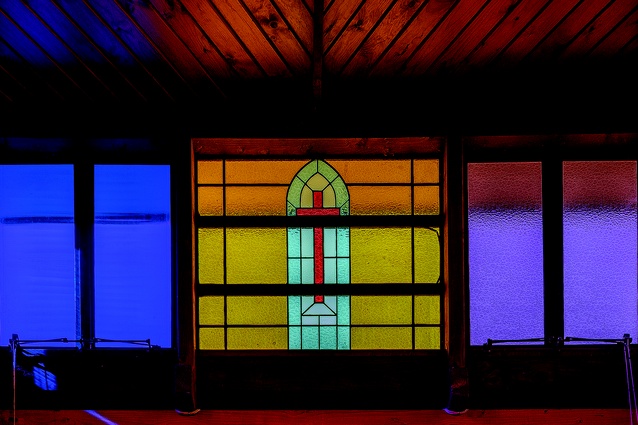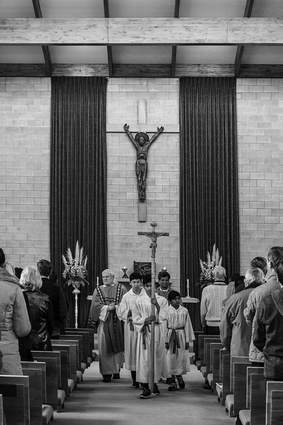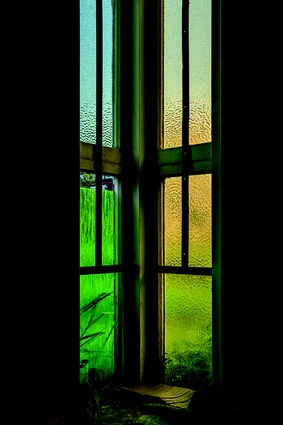The Architect and the Artists: Hackshaw McCahon Dibble The collaborative projects 1965–1979
In The Architect and the Artists, Lynda Simmons finds a successful reframing of the works of already well-published artists Colin McCahon and Paul Dibble and architect Jim Hackshaw.
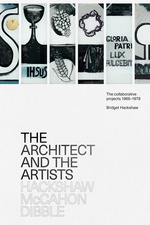
The Architect and the Artists offers a refreshing approach to documenting our art and architectural histories: disciplines that are generally recorded in their separate, specialised fields. Bridget Hackshaw instead maintains a collaborative point of view, highlighting and reinforcing the desire of architect James (Jim) Hackshaw to bring art and architecture together in his projects. The publication focuses on 12 building projects over a 14-year period (1965–1979) where Hackshaw worked with artists Colin McCahon, who was at the height of his career, and Paul Dibble, who was at the start of his.
Collaboration sits at the core of this wonderful book; it is in the subtitle, reinforced throughout the text – both academic and personal – and emphasised in the acknowledgements. The result is a successful reframing of the works of already well-published artists and architect, providing a simultaneous view of art through architecture, and architecture through art. This intertwining of art and architecture is, in itself, rare (the two disciplines have been separated for hundreds of years in Western histories): a difficult balancing act in a publication that will be used for research in both fields.
“I’m lucky James and I can question and criticise our work and arrive at good answers. I lop off bits on his buildings – he changes my glass panels.” (Letter from Colin McCahon to Peter McLeavey, 6 June 1978, p. 181.)
In addition to this emphasis on collaboration, the publication interweaves a sense of the personal throughout, which provides an alternative reading to the more usual ‘Nationalist’ positioning in New Zealand’s history of work of this period.1 Here, a more personal lens is applied to the projects; this has the effect of softening the more typical stoic, solitary, ‘man alone’ discussion.
The author and photographer for this book is Bridget Hackshaw, daughter of architect and father Jim Hackshaw. Bridget has a background in education and business, has recently trained as an architectural photographer, and is producer of the documentary that this book accompanies; the film is directed by Christopher Dudman. This familial relationship has allowed for a more personalised view, although it is the deliberate mix of architectural drawings (from the Architecture Archive, Special Collections at the University of Auckland Library), stunning recent photographs of the buildings (which are now approximately 50 years old) by the author, historical images, concept drawings and personal letters that cleverly establishes the sense of closeness to these 12 projects. A sense of intimacy is provided throughout, and we begin to relate to the artists and architect as people rather than only examine their work.
“And I am right in the middle of the largest window for Te Puke (and a somewhat terrified architect).” (Letter from Colin McCahon to Ron O’Reilly, 25 November 1969, p. 120.)
Most publications on the work and life of architects tend to avoid including any information on their lives outside of architecture, actively removing any evidence of family life or personal connections, as if somehow it devalues the seriousness of the work itself. Here, it is a delight to glimpse various personal insights via letters written by Colin McCahon to close friends, offering a broader and more inclusive understanding of the making processes. For example, there are several mentions by McCahon of the involvement in some projects of his wife Anne McCahon, who was also an Elam (University of Auckland) graduate.
The structure of the book is in two clearly separated parts: Part 1 a collection of five essays and Part 2 focusing on the 12 projects, a mix of chapels and (religious) schools and houses from the ’60s and ’70s.
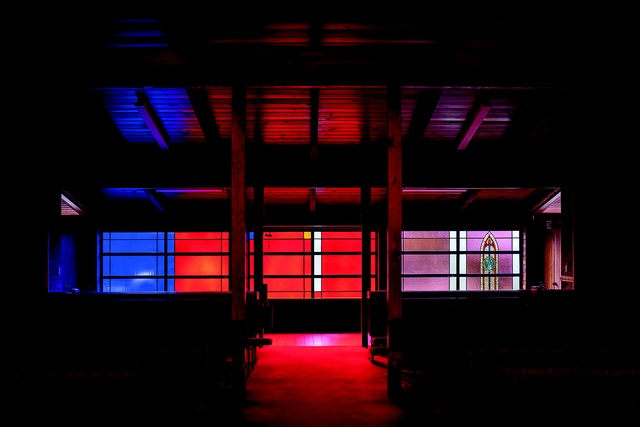
In both parts, there is an easy coexistence of academic research and opinion, with a clever combination of text written by experts in the subject field, as well as personal experience of the spaces and interviews. The essays of Part 1 (by Julia Gatley, Peter Shaw, Peter Simpson, Christopher Dudman and Bridget Hackshaw) range from academic to personal reflection. In Part 2, project descriptions are supported by excerpts from other sources (Andrew Barrie’s Block Itineraries, historical and contemporary gallery publication blurbs and essays), as well as text from clients and their experiences of the processes of the projects and the spaces (Sister Maria Park, Upland Road chapel, Oketi Fahina, Year 13 student, Liston College, 2020) and the already-mentioned personal letters from the McCahon Trust Archives. (Dibble is the most under-represented in Part 2, leaving the reader thankful for his interview with Dudman in Part 1, with mentions of sketches and his backyard foundry set-ups, as well as an insight into the personal relationship between these three culturally and creatively influential men.)
This approach provides a balance in experiencing the projects – in their presentation from multiple lenses of architecture, art and personal life. But it is through the eye of the daughter-photographer that the real sense of collaboration and personal connection is conveyed. The carefully composed images are infused with subjective connection, allowing the reader to experience the work of McCahon, Dibble and Hackshaw with a softened view not typical of most presentations of their work.
By the book’s end, you have gained the sense that the main creative connection, worked on by all three, is the coloured light itself that floods Hackshaw’s spaces. The ephemeral, seemingly immaterial light, balanced by the grounded weight of the cast bronzes, is evidence of a true collaboration.
Reference
1 See F. Pound, The Invention of New Zealand: Art & National Identity, 1930–1970, Auckland University Press, Auckland, 2009.

